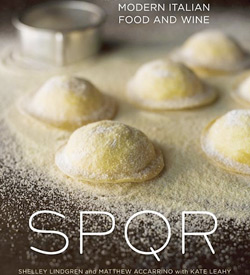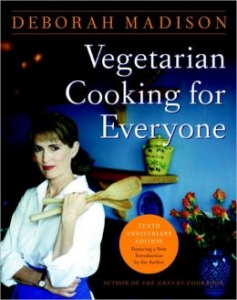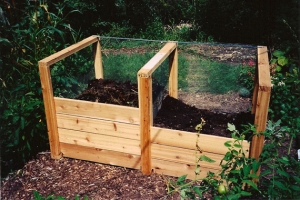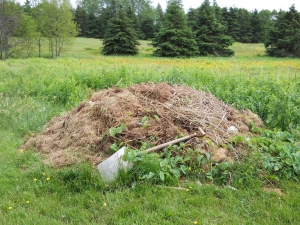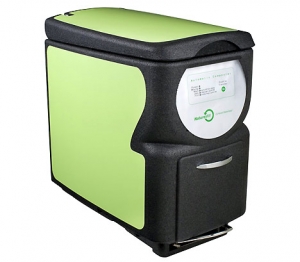Eating is an Agricultural Act
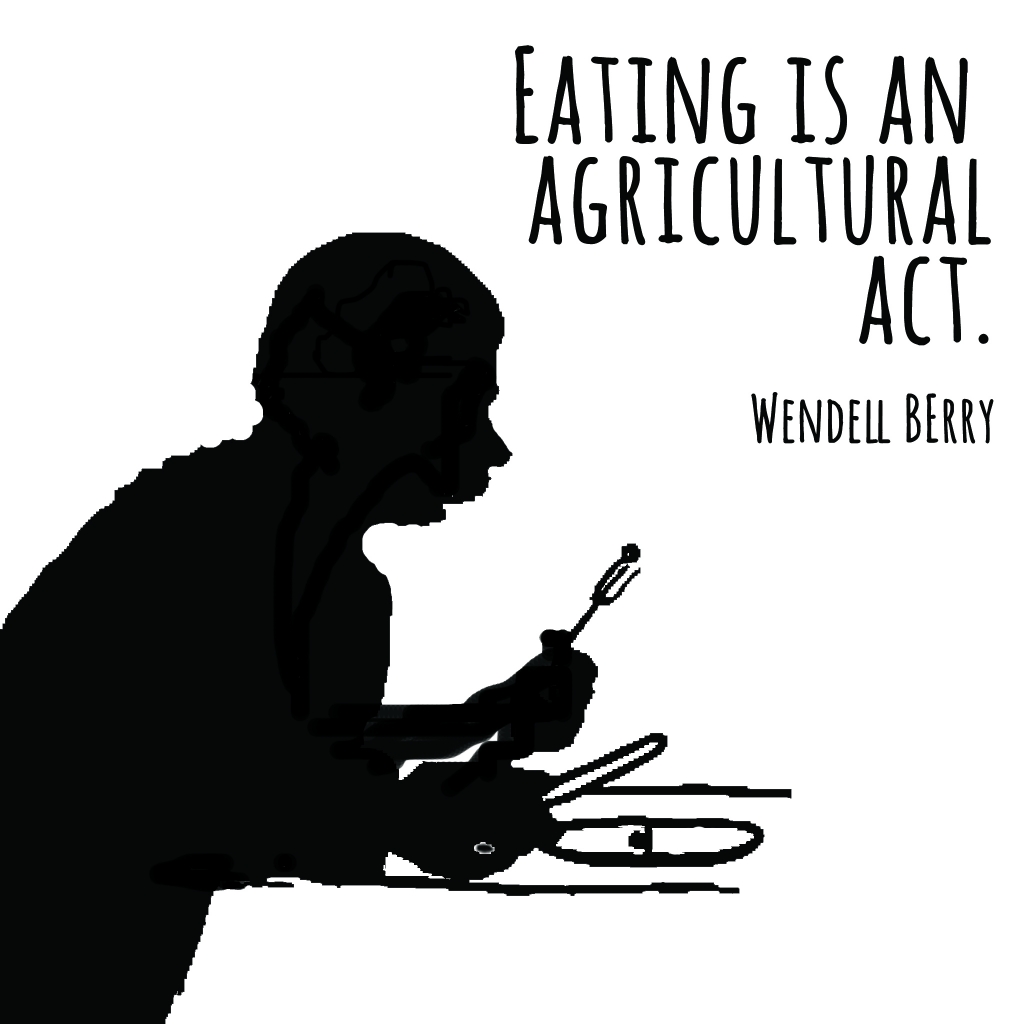
I’ve been thinking a lot lately about this statement by Wendell Berry- “Eating is an agricultural act.”
What does it mean?
It’s a statement of individual empowerment.
It’s recognition of consumer power.
It reminds us that all humans are involved in agriculture, as we all eat.
It demands that we eat with a greater understanding of all that is at stake.
It tells us that “what’s for dinner” has far greater implications than what is on the plate.
For me, it meant that today I picked up some lunch at None Such Farm Market instead of WaWa.
What does it mean for you?


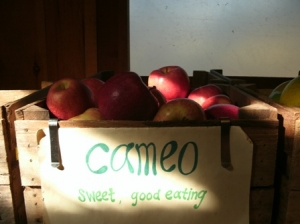
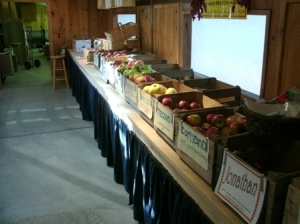

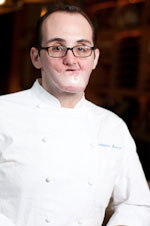
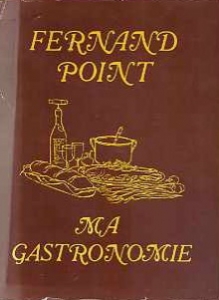
 Ben Nerenhausen
Ben Nerenhausen